現在のトレンド
Categories
The Boeing 777-300ER’s Resistance to Fatigue and Corrosion
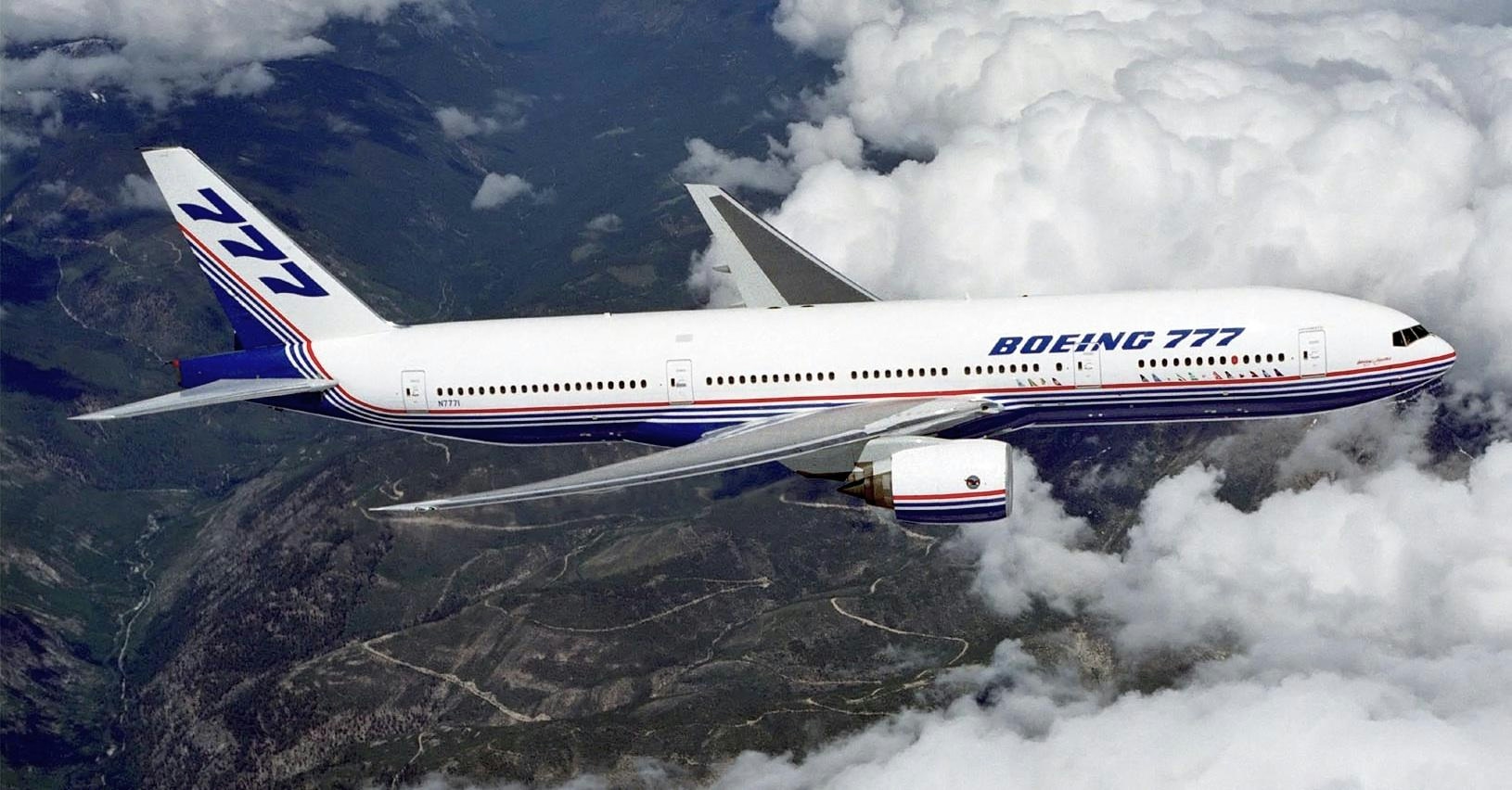
The Boeing 777-300ER’s Resistance to Fatigue and Corrosion
The Boeing 777-300ER has established itself as one of the most successful long-haul aircraft in aviation history, emerging as the best-selling variant within the 777 family. Since its introduction into service with Air France more than two decades ago, over 800 units have been delivered, representing more than half of all passenger 777s produced. Its sustained popularity is attributed not only to its impressive range and passenger capacity but also to its exceptional resistance to fatigue and corrosion—attributes that distinguish it from competing aircraft.
Design and Material Innovations
Engineered specifically for intercontinental travel, the 777-300ER incorporates a combination of high-strength aluminum alloys, advanced composite materials, and corrosion-resistant metals. These carefully selected materials enable the aircraft to endure the demanding operational environments and repeated pressurization cycles that can otherwise degrade structural integrity over time. Boeing’s commitment to durability has yielded significant results; unlike other 777 variants that have experienced hull loss incidents, the 777-300ER maintains a strong safety record with no such losses reported.
The development of the 777-300ER responded to airlines’ growing demand for a higher-capacity, long-range twin-engine aircraft as a more efficient alternative to larger four-engine models such as the Boeing 747. Building upon the original 777-200 and its extended-range version, Boeing introduced the stretched 777-300 in 1998, followed by the 777-300ER. This model boasts a maximum range of 7,370 nautical miles (13,650 kilometers) and typically accommodates between 365 and 396 passengers in a two-class configuration.
Beyond its extended range, the 777-300ER incorporates several key enhancements, including more powerful engines and raked wingtips designed to improve aerodynamic efficiency. Boeing placed particular emphasis on structural longevity by integrating lightweight alloys and carbon-composite materials, which provide both strength and resistance to damage. Titanium is employed in critical components such as engine pylons and attachment fittings, while advanced coatings and sealants offer additional protection against weathering and corrosion.
Operational Advantages and Industry Context
This focus on durability has proven to be a decisive advantage, especially as other aircraft models have encountered technical difficulties. For instance, the Airbus A220-300 fleet has faced reliability challenges linked to Pratt & Whitney GTF engine issues, leading carriers such as Air Austral to retire their A220s. These developments highlight the critical importance of both dependable engine performance and robust structural design—areas in which the 777-300ER continues to excel.
Despite recent delays in the certification of Boeing’s next-generation 777-9, the 777-300ER remains a cornerstone of long-haul operations worldwide. Its proven reliability and resilience have reinforced airline confidence in its ability to provide safe, efficient, and dependable service over many years.
Key Specifications
The Boeing 777-300ER measures 73.9 meters (242 feet 5 inches) in length, with a wingspan of 64.8 meters (212 feet 7 inches) and a height of 18.5 meters (60 feet 9 inches). Its typical two-class seating capacity ranges from 365 to 396 passengers.
The aircraft’s robust construction and resistance to fatigue and corrosion continue to set the benchmark for long-haul airliners, securing its position as a vital component of global aviation fleets.
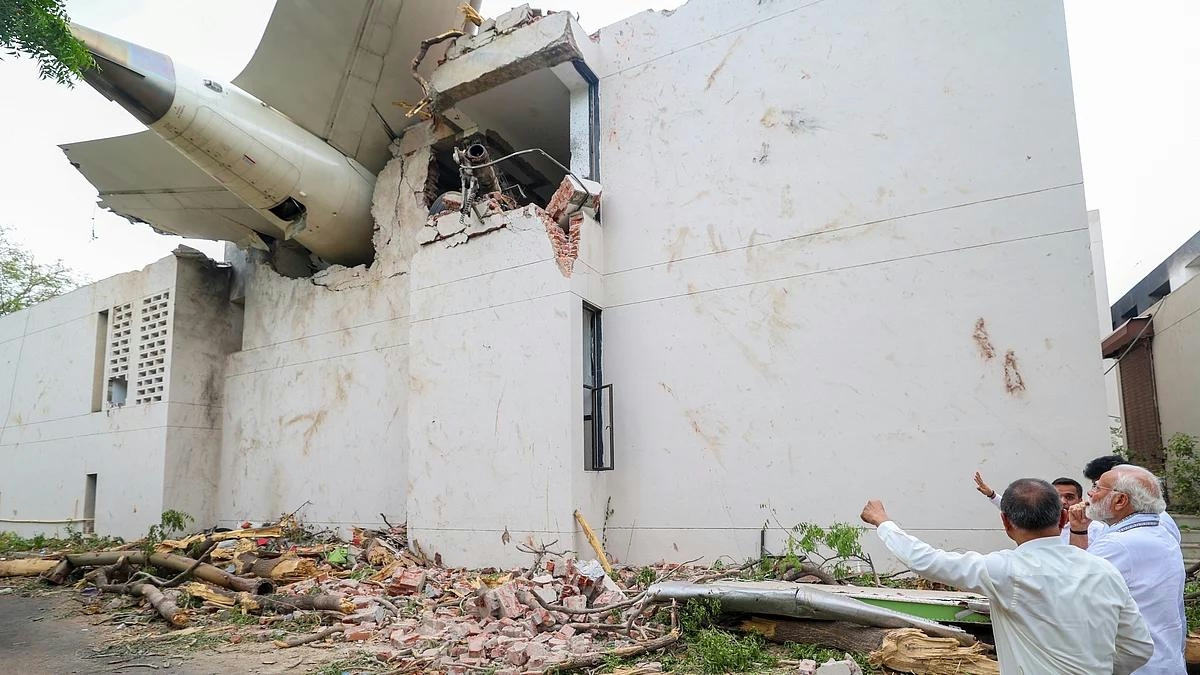
ALPA India to Participate in AAIB Talks on Aviation Safety and AI 171 Crash Investigation

Joby Aviation Shares Surge Following Key Deals and FAA Support
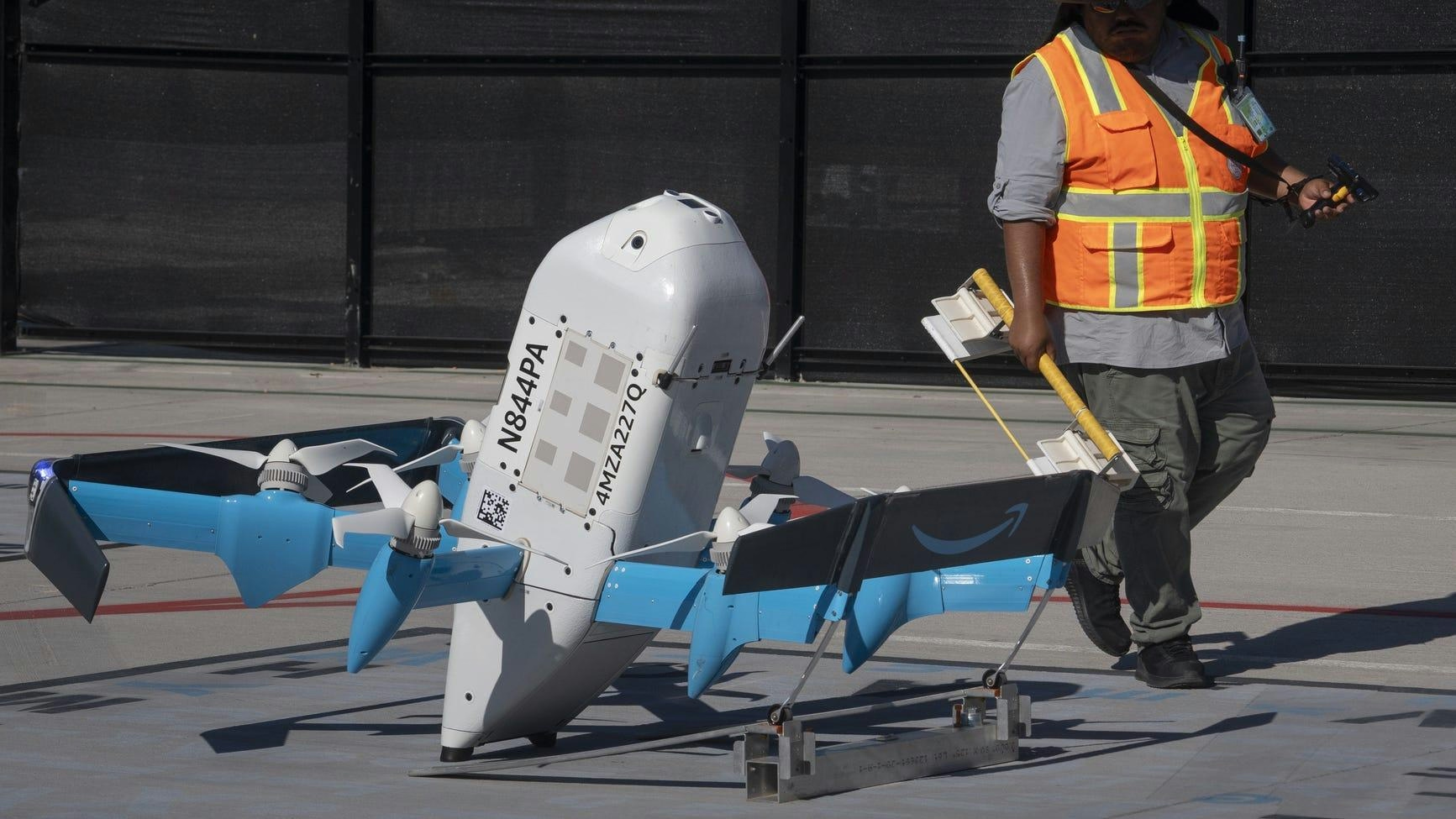
Two Amazon Delivery Drones Collide with Crane in Arizona

Datavault AI and Korea Aerospace University Sign MOU to Advance Digital Credentialing and Aerospace Innovation
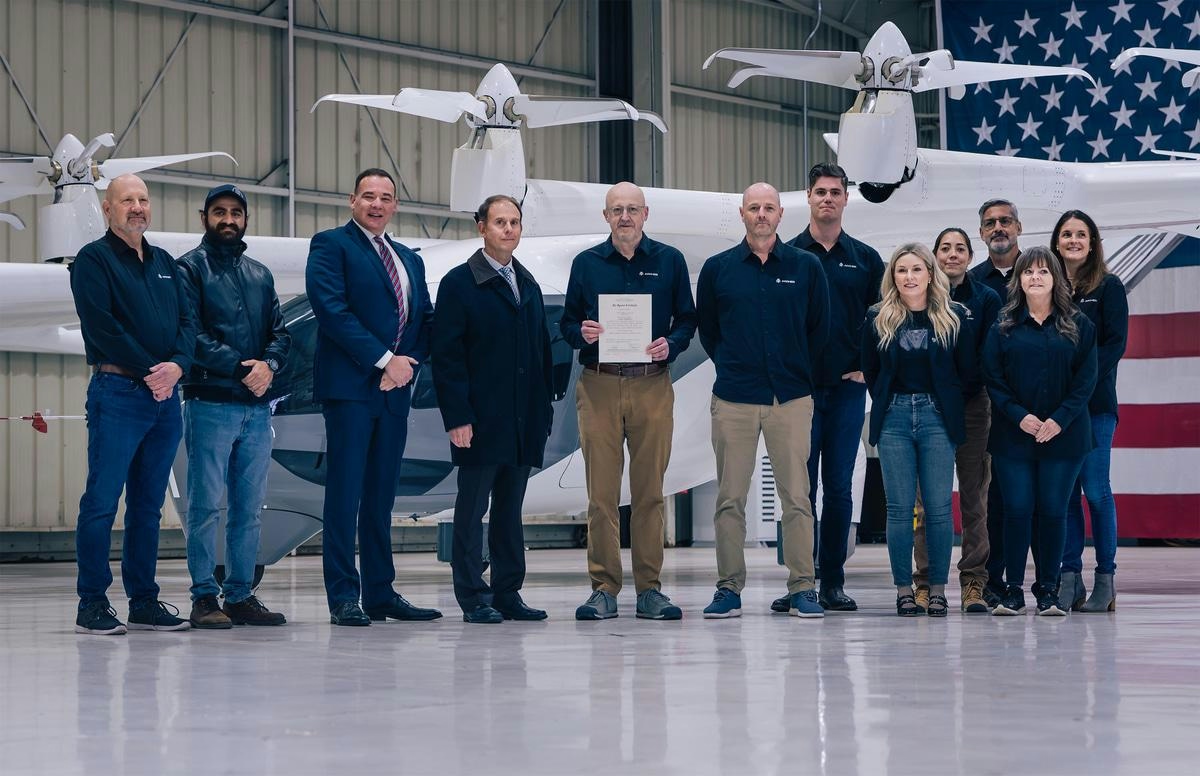
Yingling Aviation Introduces Apprenticeship Program
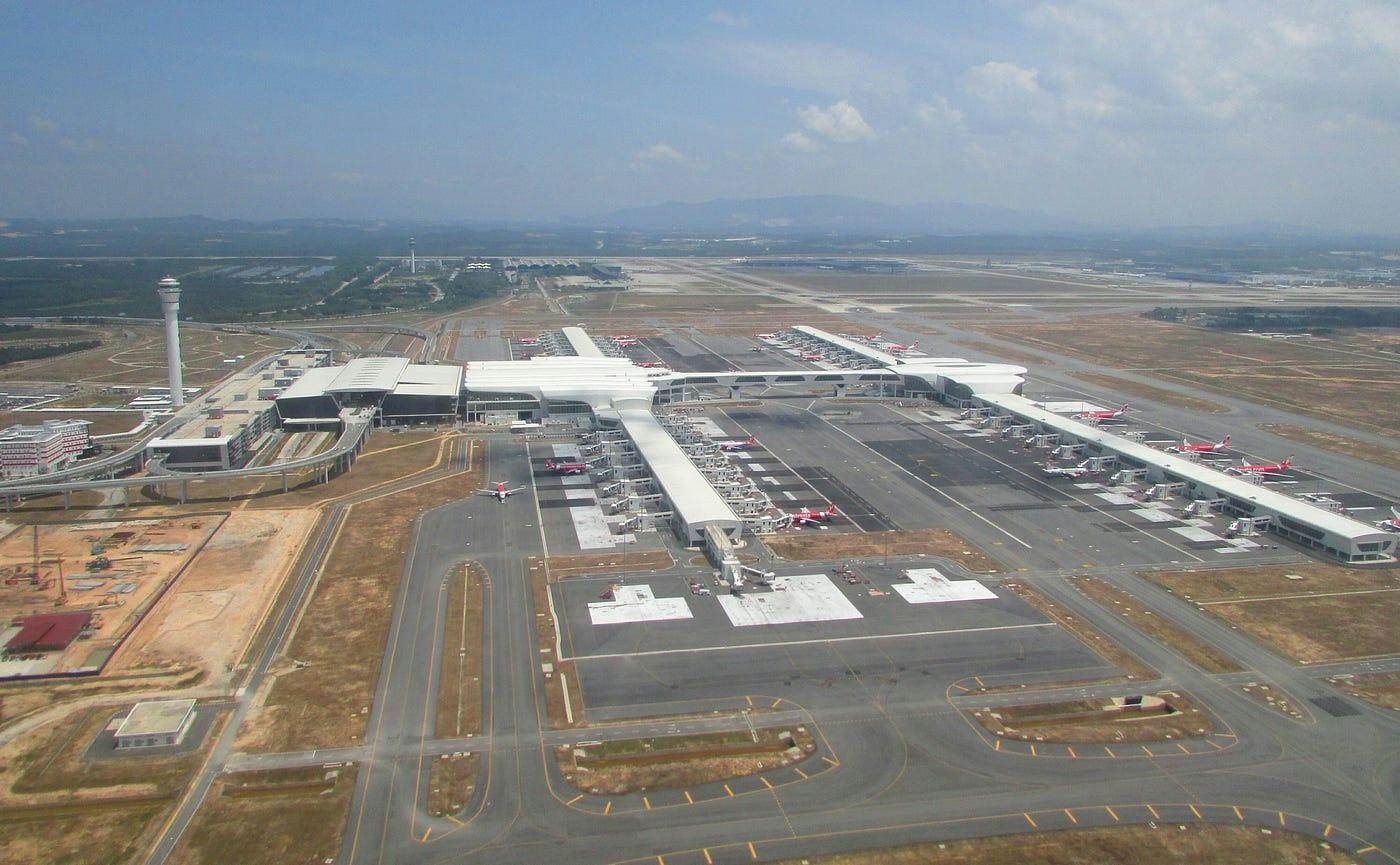
FTE Airport Digital Transformation Power List Asia-Pacific 2025 Highlights Leading Airports and Groups
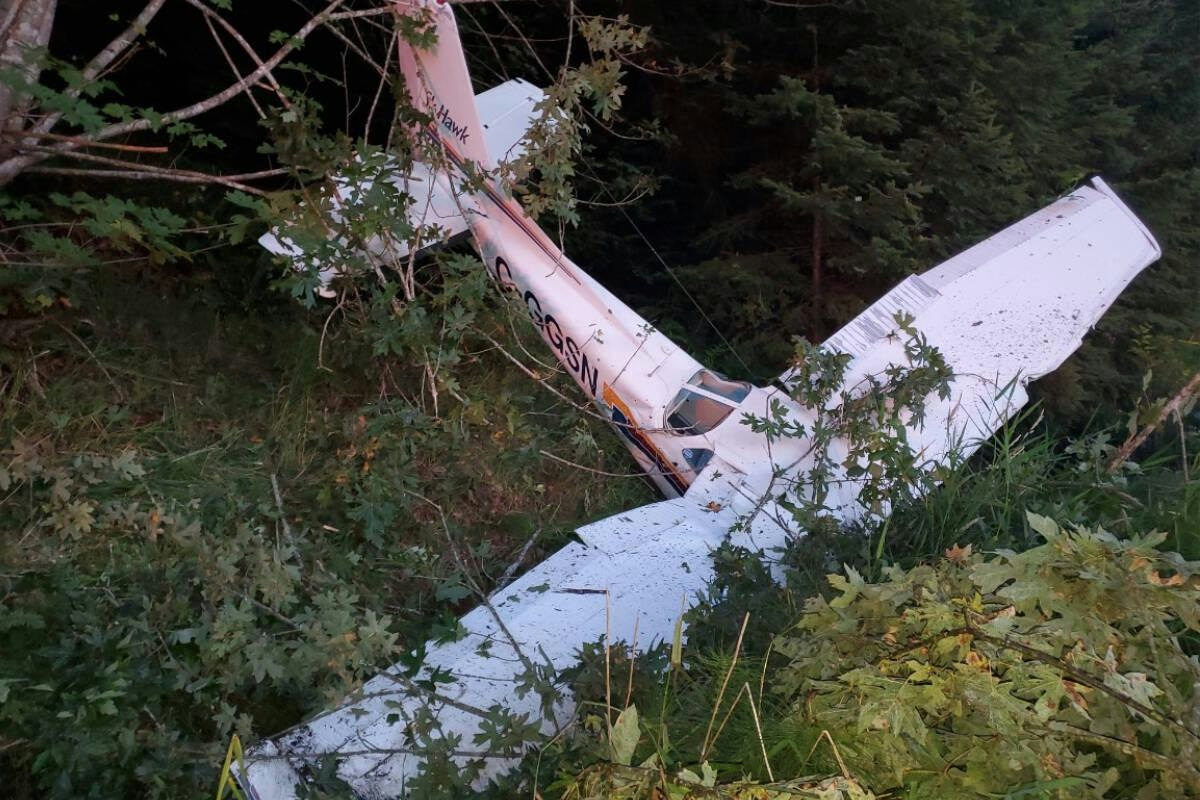
Forced Landing in Field Due to Carburetor Icing
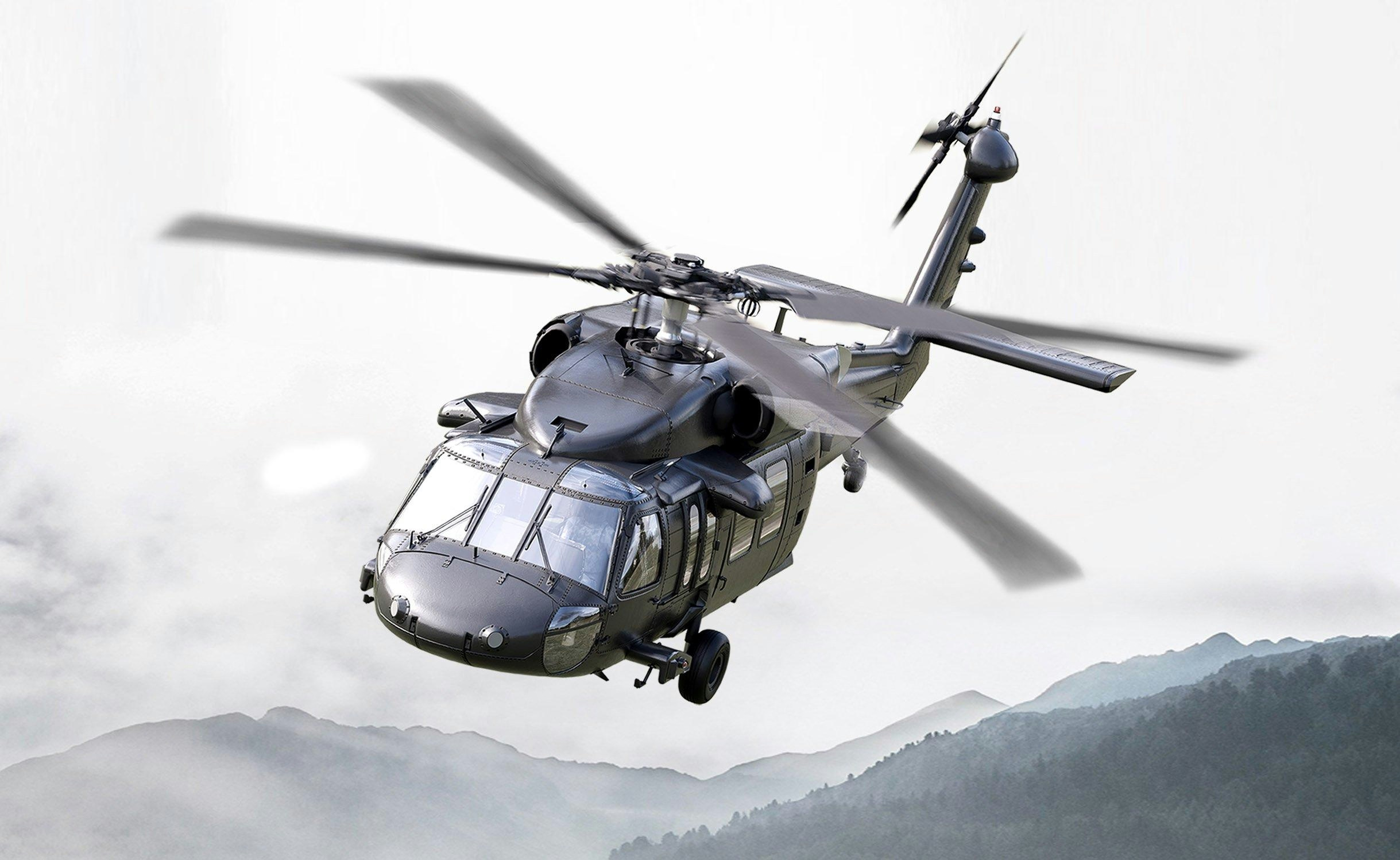
CCC Wins U.S. Defense Department Contract for Nav-Aids Pressure Test Adapters
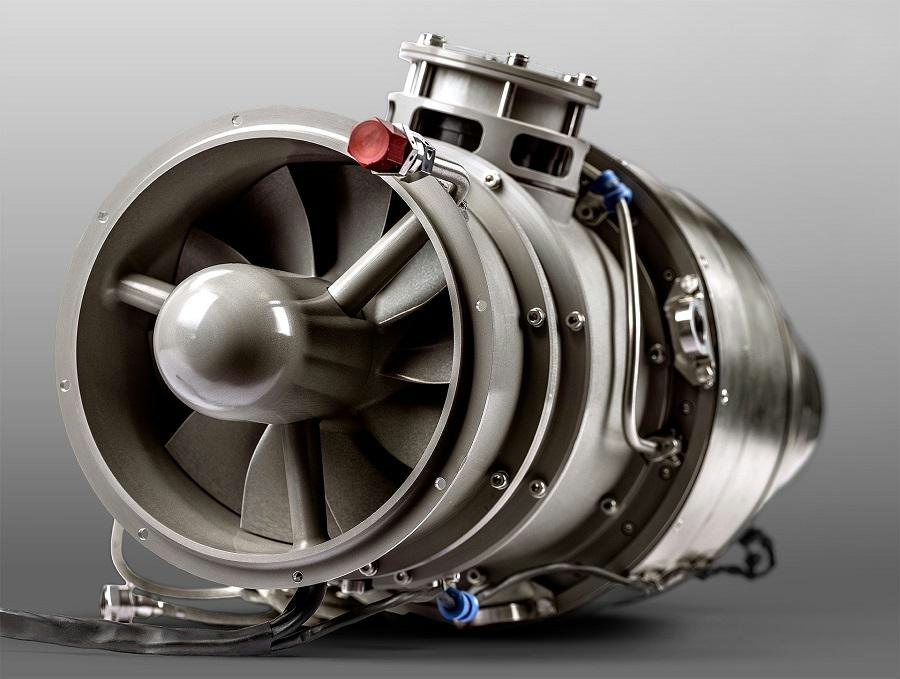
PBS Velka Bites Celebrates 75 Years and Unveils TJ200 Jet Engine at MSV 2025 in Brno

